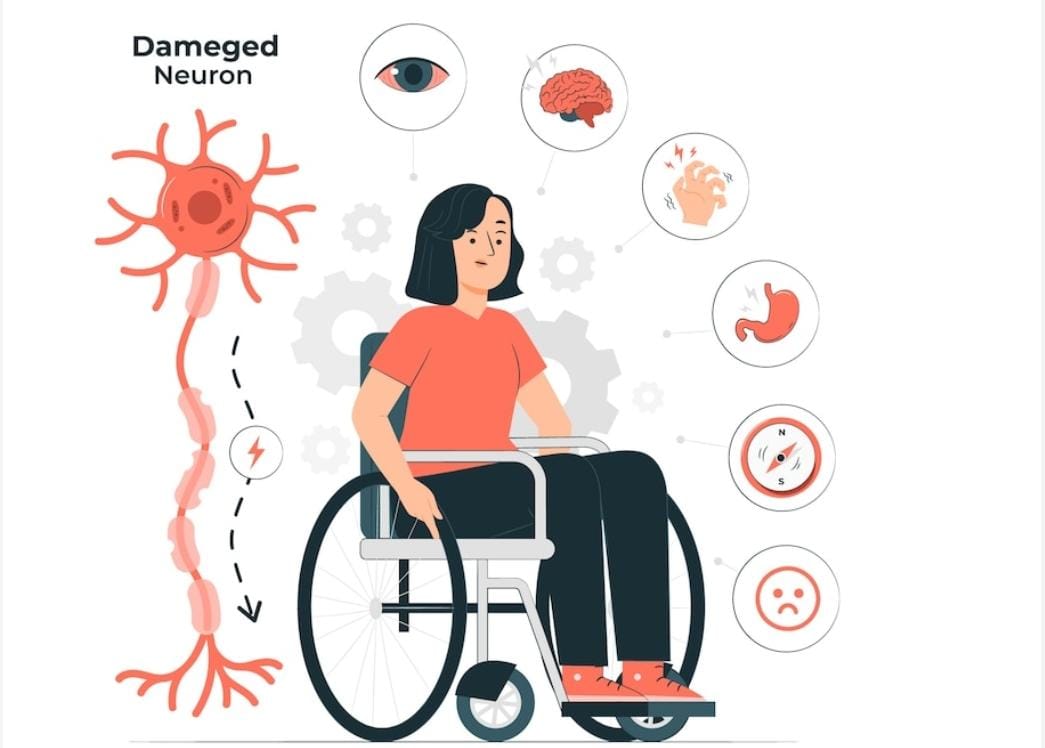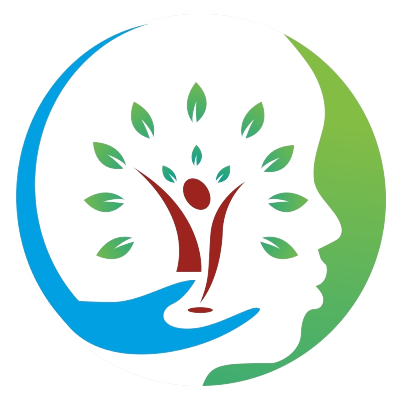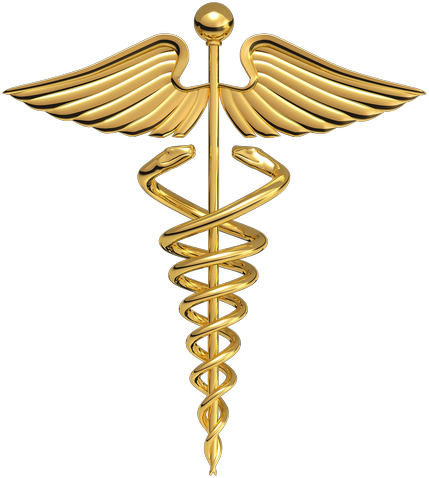
Contact Us
Online Appointments
- No exposure from potent chemicals.
- No withdrawal symptoms
- High efficacy rate
- Individualistic prescribing.
- Minimum dose.
- Rapid, gentle and permanent cure of disease.
- Holistic approach
- Painless process of treatment
- Availability of thousands of fully proved medicines on healthy human beings
- Economic medicines
Cerebral palsy
Homeopathic Treatment of Cerebral Palsy
Cerebral palsy is a term which encompasses a set of neurological conditions that cause physical disability in human development - they affect the brain and nervous system. The word cerebral refers to the area in the brain that is affected, while palsy means complete or partial muscle paralysis, frequently accompanied by loss of sensation and uncontrollable body movements or tremors.
Cerebral palsy (CP) is a disorder that affects muscle tone, movement, and motor skills (the ability to move in a coordinated and purposeful way). CP is usually caused by brain damage that occurs before or during a child's birth, or during the first 3 to 5 years of a child's life.
Cerebral palsy is one of the most common congenital (existing before birth or at birth) disorders of childhood. About 500,000 children and adults of all ages in the United States have the condition.
Causes of Cerebral Palsy:
The exact causes of most cases of CP are unknown Cerebral palsy is caused by an abnormality or disruption in brain development, usually before a child is born. In many cases, the exact trigger of this abnormality isn't known. Factors that may lead to problems with brain development include:
• ● Random mutations in genes that control brain development
• ● Maternal infections that affect the developing fetus: Many are the result of problems during pregnancy in which the brain is either damaged or doesn't develop normally. This can be due to infections, maternal health problems, a genetic disorder, or something else that interferes with normal brain development. Problems during labor and delivery can cause CP in some cases. but this is the exception.
• ● Fetal stroke, a disruption of blood supply to the developing brain
• ● Lack of oxygen to the brain (asphyxia) related to difficult labor or delivery
• ● Infant infections that cause inflammation in or around the brain
• ● Traumatic head injury to an infant from a motor vehicle accident, fall or child abuse
• ● Premature babies — particularly those who weigh less than 3.3 pounds (1,510 grams) — have a higher risk of CP than babies that are carried full-term, as are other low birth weight babies and multiple births, such as twins and triplets.
• ● Brain damage in infancy or early childhood can also lead to CP. A baby or toddler might suffer this damage because of lead poisoning, bacterial meningitis, malnutrition, being shaken as an infant (shaken baby syndrome), or being in a car accident while not properly restrained.
Signs and symptoms:
Movement and coordination problems associated with cerebral palsy may include:
• ● Variations in muscle tone — either too stiff or too floppy
• ● Stiff muscles and exaggerated reflexes (spasticity)
• ● Stiff muscles with normal reflexes (rigidity)
• ● Lack of muscle coordination (ataxia)
• ● Tremors or involuntary movements
• ● Slow, writhing movements (athetosis)
• ● Delays in reaching motor skills milestones, such as pushing up on arms, sitting up alone or crawling
• ● Favoring one side of the body, such as reaching with only one hand or dragging a leg while crawling
• ● Difficulty walking, such as walking on toes, a crouched gait, a scissors-like gait with knees crossing or a wide gait
• ● Excessive drooling or difficulty with swallowing
• ● Difficulty with sucking or eating
• ● Delays in speech development or difficulty speaking
• ● Difficulty with precise motions, such as picking up a crayon or spoon
• ● The disability associated with cerebral palsy may be limited primarily to one limb or one side of the body, or it may affect the whole body. The brain injury causing cerebral palsy doesn't change with time, so the symptoms usually don't worsen with age, although the shortening of muscles and muscle rigidity may worsen if not treated aggressively.
Other neurological problems:
Brain abnormalities associated with cerebral palsy may also contribute to other neurological problems. People with cerebral palsy may also have:
• ● Difficulty with vision and hearing
• ● Intellectual disabilities or mental retardation
• ● Seizures
• ● Abnormal touch or pain perceptions
• ● Dental problems
• ● Urinary incontinence
Types of Cerebral Palsy:
• ●Spastic cerebral palsy
-
Spastic hemiplegeia:
-
A child with spastic hemiplegia will typically have spasticity (muscle stiffness) on one side of the body - usually just a hand and arm, but may also involve a leg. The side that is affected may not develop properly. The child may have speech problems. In the majority of cases, intelligence is not affected. Some children will have seizures.
-
Spastic diplegia:
-
The lower limbs are affected, and there is no or little upper body spasticity. The child's leg and hip muscles are tight. Legs crossed at the knees, making walking more difficult. The crossing of the legs when the child is upright is often referred to as scissoring.
-
Spastic quadriplegia:
The child's legs, arms, and body are affected. This is the severest form of spastic cerebral palsy. Children with this kind of cerebral palsy are more likely to have mental retardation. Walking and talking will be difficult. Some children have seizures.
Ataxic cerebral palsy:
The child's balance and depth perception are affected. Depth perception refers to a person's ability to judge where objects are in relation to where he/she is. It is the least diagnosed type of cerebral palsy. The child will find it difficult to tie his/her shoelaces, button-up shirts, cut with scissors, and other fine motor skills. Because of balance difficulties, the child may walk with the feet far apart. There may be intention tremors - a shaking that starts with a voluntary movement, such as reaching out for a toy, the closer he/she gets to the toy the worse the tremors become. Most children with ataxic cerebral palsy are of normal intelligence and have good communication skills. Some may have erratic speech.
Athetoid or dyskinetic (or athetoid dyskinetic) cerebral palsy:
This is the second most common type of cerebral palsy. Intelligence will nearly always be normal, but the whole body will be affected by muscle problems. Muscle tone is weak or tight - causing random and uncontrolled body movements. The child will have problems walking, sitting, maintaining posture, and speaking clearly (tongue and vocal cords are hard to control). Some children drool if they have problems controlling facial muscles.
Hypotonic cerebral palsy:
Muscle problems will appear much earlier. The baby's head is floppy, and he/she cannot control the head when sitting up. Some parents have described their child's movements as similar to that of a rag doll. The baby gives only a moderate amount of resistance when an adult tries to move their limbs. The baby may rest with his/her elbows and knees loosely extended, compared to other infants whose elbows/knees will be flexed. Some babies may have breathing difficulties.
Injury to the cerebellum can result in this type of cerebral palsy
Treatment of Cerebral Palsy:
Currently, there's no cure for cerebral palsy, but a variety of resources and therapies can provide help and improve the quality of life for kids with CP.
Medications:
Medications that can lessen the tightness of muscles may be used to improve functional abilities, treat pain and manage complications related to spasticity. It's important to talk about the risk of drug treatments with your doctor and discuss whether medical treatment is appropriate for your child's needs. The selection of medications depends on whether the problem affects only certain muscles (isolated) or the whole body (generalized). Drug treatments may include the following:
1. Isolated spasticity: When spasticity is isolated to one muscle group, your doctor may recommend injections of abotulinum toxin A (Botox) directly into the muscle, nerve or both.
2. Generalized spasticity: If the whole body is affected, oral muscle relaxants may relax stiff, contracted muscles.
Therapies:
A variety of nondrug therapies can help a person with cerebral palsy to enhance functional abilities. These include the following:
• Physical therapy: Muscle training and exercises may help your child's strength, flexibility, balance, motor development, and mobility. Braces or splints may be recommended for your child. Some of these supports are used to help with function, such as improved walking. Others may stretch stiff muscles to help prevent contractures.
• Occupational therapy: Using alternative strategies and adaptive equipment, occupational therapists work to promote your child's independent participation in daily activities and routines in the home, the school, and the community.
• Speech therapy: Speech therapists help improves your child's ability to speak clearly or to communicate using sign language. They can also teach your child to use special communication devices — such as a board covered with pictures of everyday items and activities. Sentences can be constructed by pointing to the pictures. Speech therapists may also address difficulties with muscles used in eating and swallowing.
• Hypnotherapy: Hypnotherapy has been proved effective in many cases.
• Surgery: Surgery may be needed to lessen muscle tightness or correct bone abnormalities caused by spasticity. These treatments include:
1. Orthopedic surgery: Children with severe contractures or deformities may need surgery on bones or joints to place their arms and legs in their correct positions. Surgical procedures can also lengthen muscles and tendons that are proportionally too short because of severe contractures. These corrections can lessen pain, improve mobility, and make it easier to use a walker, braces or crutches.
2. Severing nerves: In some severe cases, when other treatments haven't helped, surgeons may cut the nerves serving the spastic muscles. This relaxes the muscle and reduces pain, but can also cause numbness.
Homeopathic Treatment of Cerebral Palsy:
Homeopathy is one of the most popular holistic systems of medicine. The selection of remedy is based upon the theory of individualization and symptoms similarity by using a holistic approach. This is the only way through which a state of complete health can be regained by removing all the signs and symptoms from which the patient is suffering. The aim of homeopathy is not only to treat cerebral palsy symptoms but to address its underlying cause and individual susceptibility. As far as therapeutic medication is concerned; many well-proved medicines are available for cerebral palsy symptoms treatment that can be selected on the basis of cause, condition, sensation, and modalities of the complaints.


